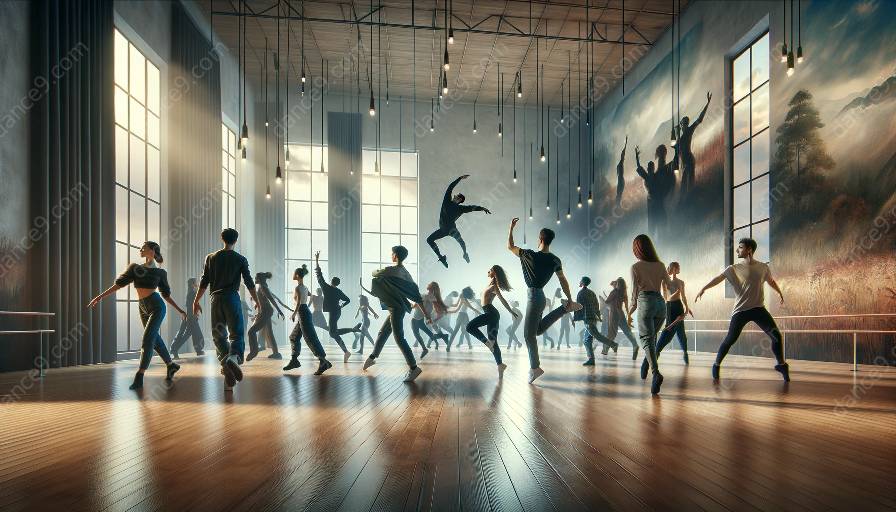Dance is a captivating and evocative art form that transcends language and culture. It is a powerful form of self-expression, enabling individuals to convey their emotions, thoughts, and stories through movement. In the context of performing arts, dance serves as a medium for personal and artistic communication, allowing performers to express their innermost feelings and experiences on stage.
The Power of Movement
At its core, dance is a celebration of movement. Whether it's the graceful elegance of ballet, the rhythmic energy of hip-hop, or the expressive storytelling of contemporary dance, every movement in dance carries meaning and emotion. Dancers use their bodies as a canvas, expressing intricate emotions and narratives through their physicality.
Self-Discovery and Authenticity
For many individuals, dance becomes a means of self-discovery and a vehicle for embracing authenticity. Through dance, people are able to connect with their inner selves, explore their identities, and express their truest selves without inhibition. As they move, they uncover new dimensions of their being and convey the depths of their emotions through the language of dance.
Emotional Release and Healing
Dance provides a cathartic outlet for emotional release and healing. It allows individuals to channel their feelings, whether joy, sorrow, anger, or love, into a physical form of expression. Through dance, people can release pent-up emotions, find solace in movement, and experience a profound sense of release and renewal.
Connection with Others
Within the realm of performing arts, dance fosters connections between performers and audiences. As dancers express themselves on stage, their movements resonate with the experiences of the viewers, forging a deep connection that transcends verbal communication. Additionally, collaborative dance forms, such as partner dance or ensemble pieces, create an intricate web of interconnected expressions, uniting performers in a shared artistic journey.
Artistic Communication
As a part of the performing arts, dance is an essential mode of artistic communication. Choreographers and dancers use movement to create narratives, convey symbolism, and evoke powerful emotions, effectively communicating with audiences on a visceral and profound level. Through dance, performers become storytellers, transmitting their inner worlds through the universal language of movement.
Empowerment and Liberation
Dance empowers individuals to break free from societal constraints and express themselves authentically. It liberates people from inhibitions, allowing them to embrace their bodies, emotions, and creativity without fear of judgment. In the realm of performing arts, dance serves as a platform for empowerment, enabling performers to reclaim their voices and share their stories with the world.
Conclusion
Dance is more than just physical movement; it is a profound form of self-expression that enriches the performing arts. Through dance, individuals discover themselves, communicate their inner worlds, and forge connections with others. It is a celebration of authenticity, a medium for artistic dialogue, and a transformative force for personal and collective expression.











































